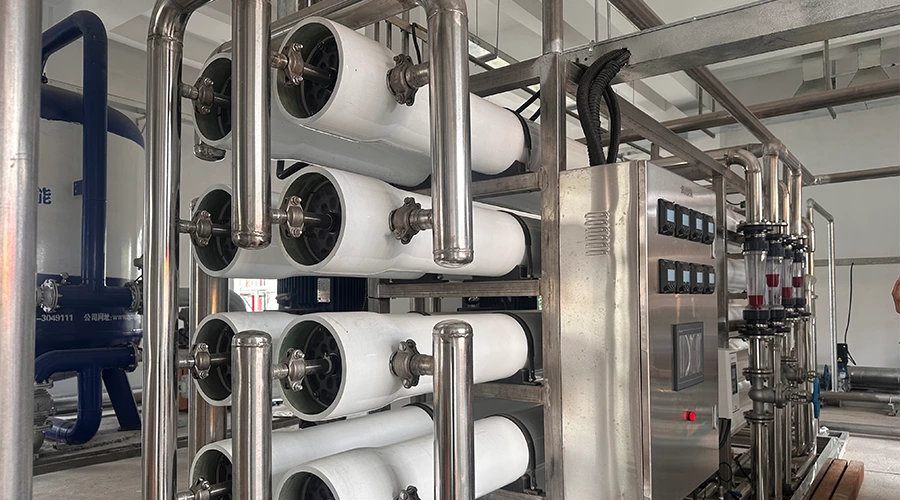Sensor Element
At the core of a pressure transmitter lies the sensor element, which directly interacts with the process medium. The choice of sensor element depends on the type of pressure being measured. Common sensor technologies include strain gauges, capacitive sensors, and piezoelectric crystals.
Diaphragm
The diaphragm acts as a flexible membrane that responds to pressure changes. When pressure is exerted on the diaphragm, it undergoes deformation, which is then translated into a proportional force.
Transduction Mechanism
The transduction mechanism converts the mechanical force received from the diaphragm into an electrical signal. This process may involve the use of Wheatstone bridges or piezoelectric materials.
How do Pressure Transmitters Work?
Pressure transmitters operate through a series of well-defined steps:
Sensing Pressure Changes
When pressure is applied to the diaphragm, it undergoes displacement. This deformation is detected by the sensor element, generating a proportional electrical signal.
Signal Conversion
The electrical signal from the sensor element is then processed and converted into an output signal that corresponds to the pressure being measured. This signal can be in analog or digital format.
Output Signal Transmission
The converted signal is transmitted to the control system or data acquisition unit, where it can be displayed, analyzed, or used for process control.

